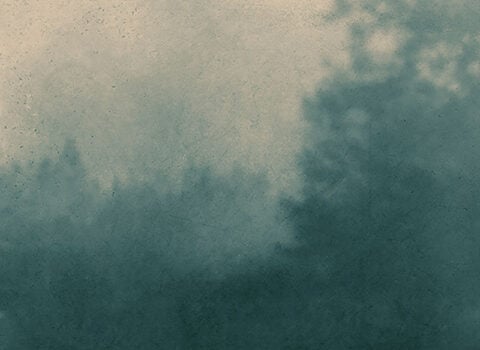The Birth of Venus, by Sandro Botticelli. Courtesy the Uffizi Gallery, Florence
When telling a story, history’s imperfect record sometimes insists upon inconvenient gaps. This is the case with Botticelli’s illustrations of Dante’s Divine Comedy, a remarkable tale that spans centuries, countries, and players. Undaunted, Joseph Luzzi, a professor of comparative literature at Bard College, has undertaken the complex narrative with erudition and passion in his new book, Botticelli’s Secret (W. W. Norton, $28.95).
These religious illustrations are, as Andrew Butterfield put it, “among the most lively, tender, and psychologically searching works [Botticelli] ever created.” They were commissioned in…
























































































